Mouse population genetics phenocopies heterogeneity of human Chd8 haploinsufficiency
- PMID: 36738737
- PMCID: PMC9960295
- DOI: 10.1016/j.neuron.2023.01.009
Mouse population genetics phenocopies heterogeneity of human Chd8 haploinsufficiency
Abstract
Preclinical models of neurodevelopmental disorders typically use single inbred mouse strains, which fail to capture the genetic diversity and symptom heterogeneity that is common clinically. We tested whether modeling genetic background diversity in mouse genetic reference panels would recapitulate population and individual differences in responses to a syndromic mutation in the high-confidence autism risk gene, CHD8. We measured clinically relevant phenotypes in >1,000 mice from 33 strains, including brain and body weights and cognition, activity, anxiety, and social behaviors, using 5 behavioral assays: cued fear conditioning, open field tests in dark and bright light, direct social interaction, and social dominance. Trait disruptions mimicked those seen clinically, with robust strain and sex differences. Some strains exhibited large effect-size trait disruptions, sometimes in opposite directions, and-remarkably-others expressed resilience. Therefore, systematically introducing genetic diversity into models of neurodevelopmental disorders provides a better framework for discovering individual differences in symptom etiologies.
Keywords: BXD; CHD8; autism; collaborative cross; learning and memory; macrocephaly; risk susceptibility; social behavior; symptom severity; translational research.
Copyright © 2023 The Author(s). Published by Elsevier Inc. All rights reserved.
Conflict of interest statement
Declaration of interests P.L. is a member of the journal’s advisory board.
Figures


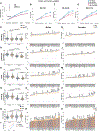

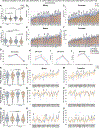
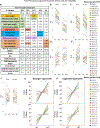
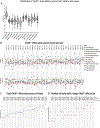
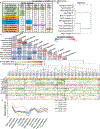
References
Publication types
MeSH terms
Substances
Grants and funding
LinkOut - more resources
Full Text Sources
Molecular Biology Databases

